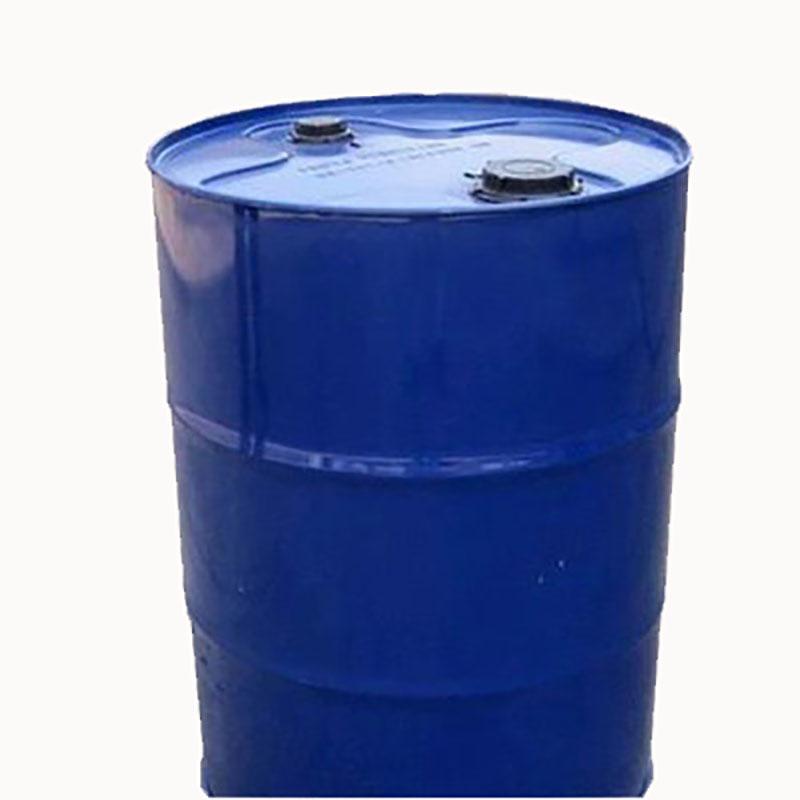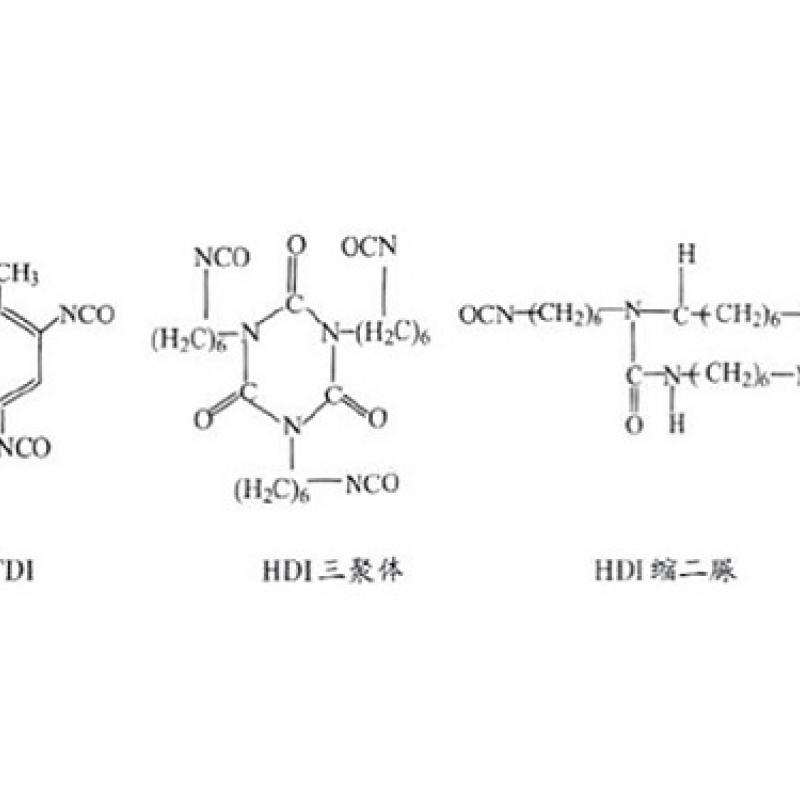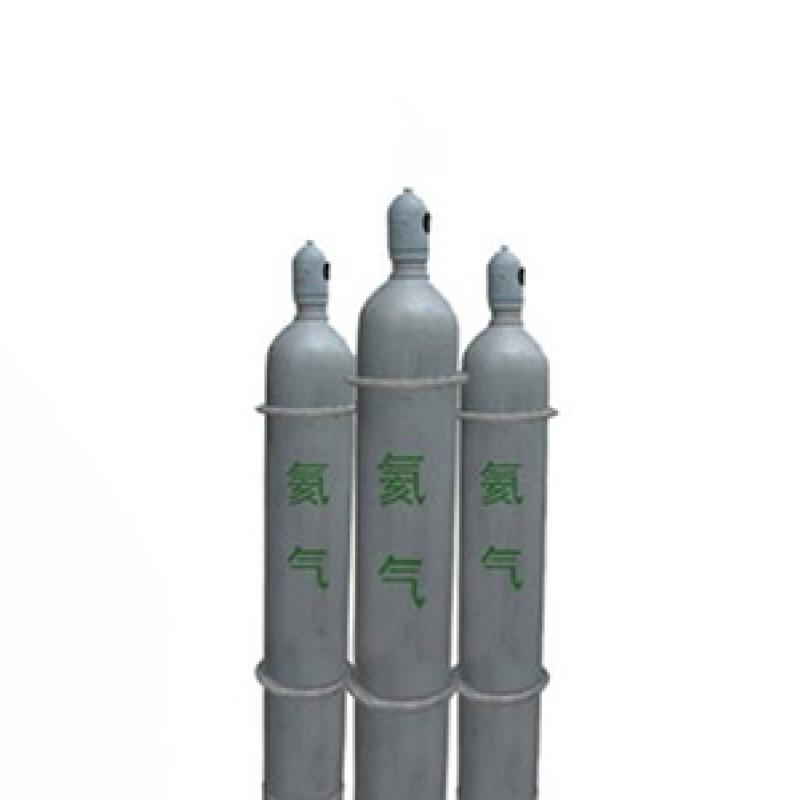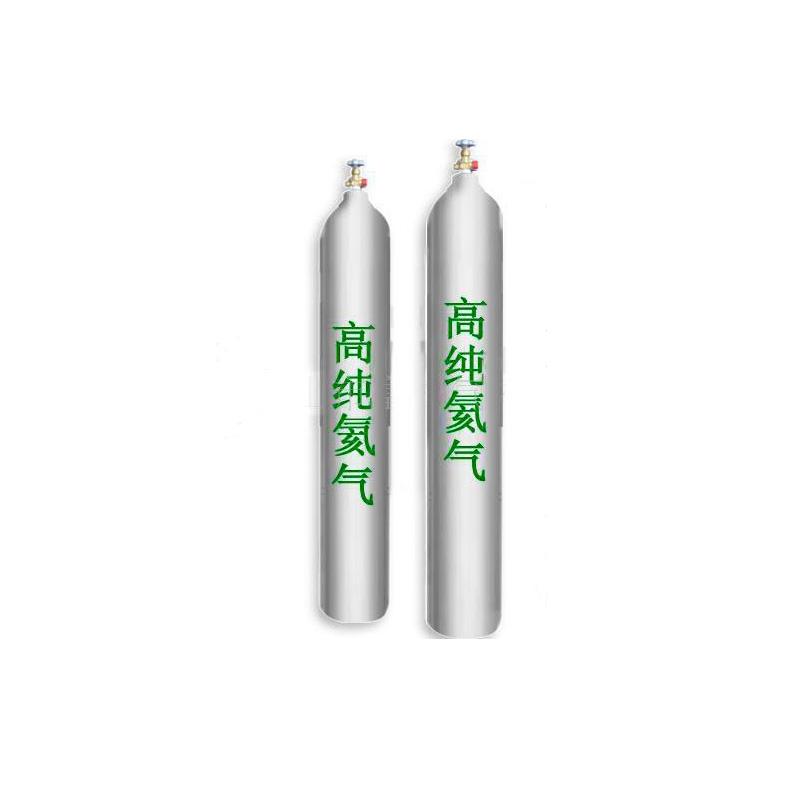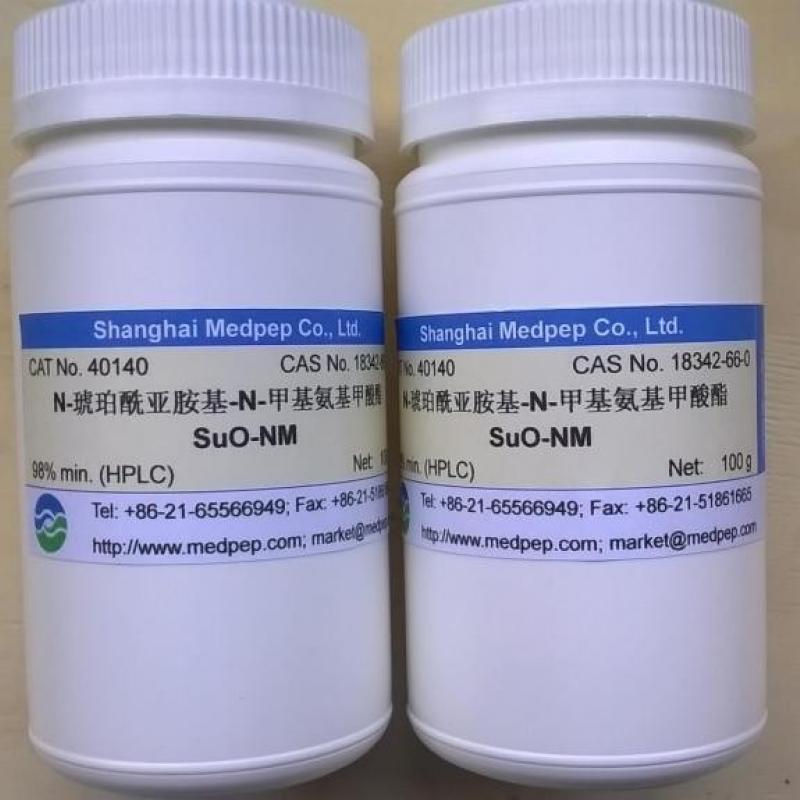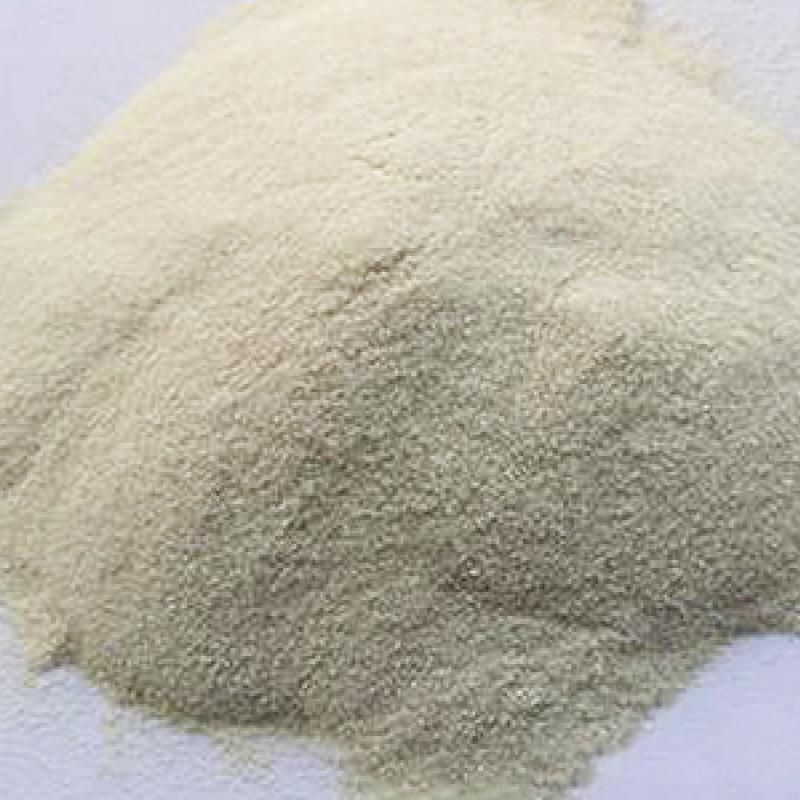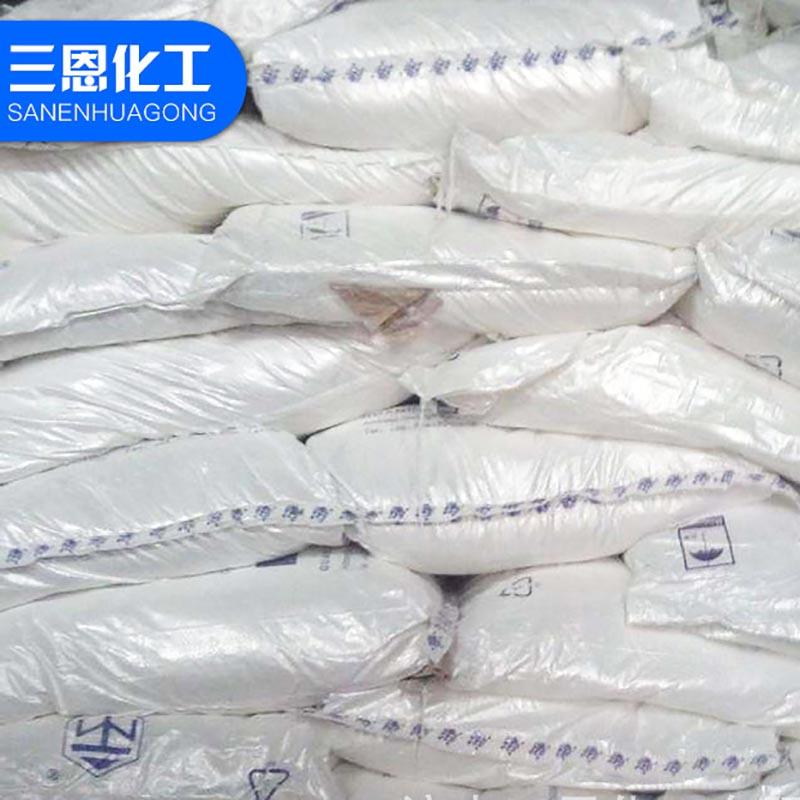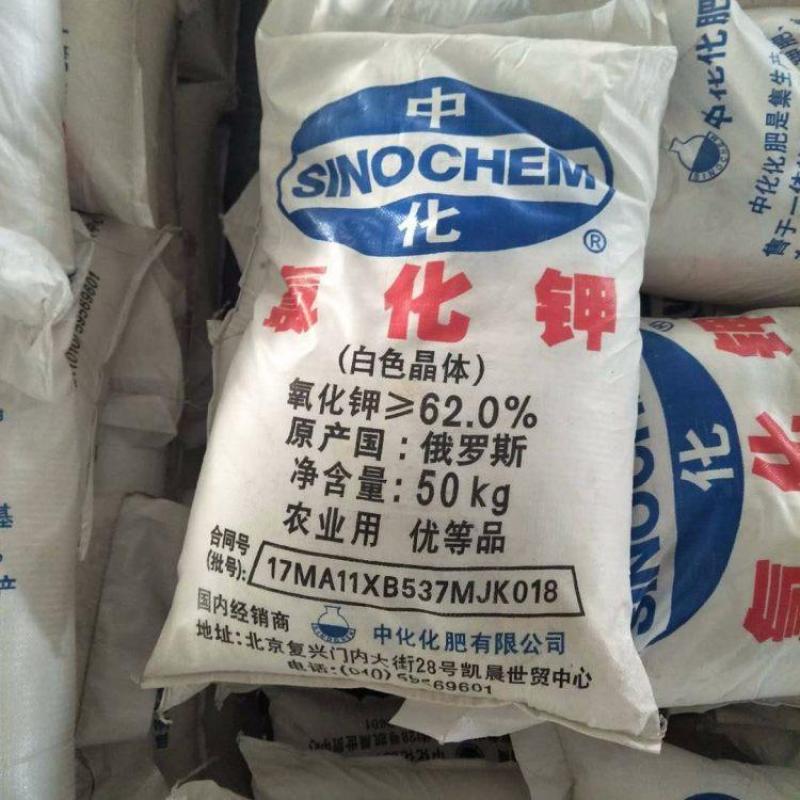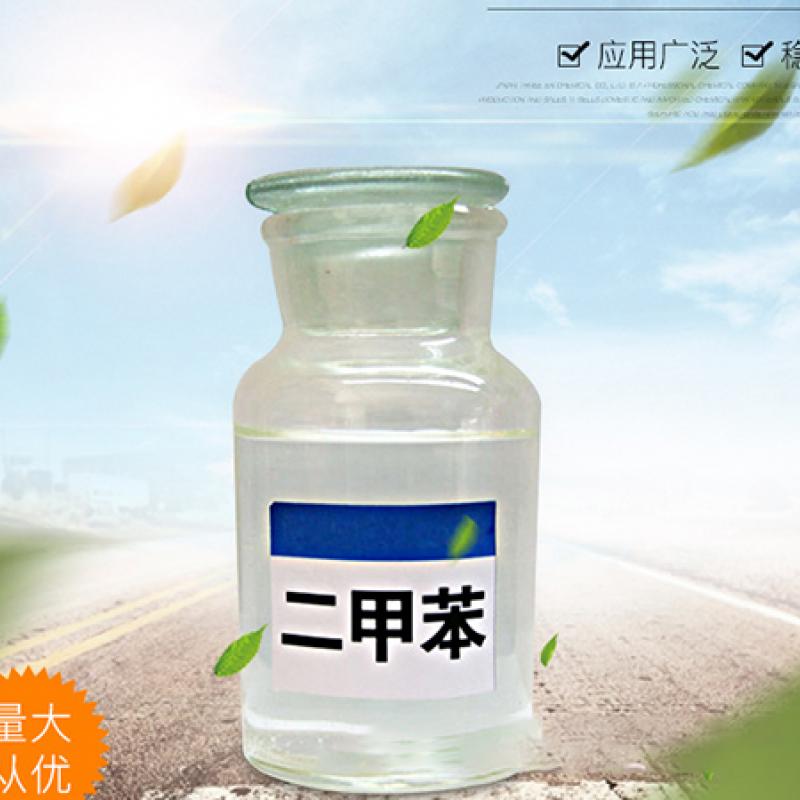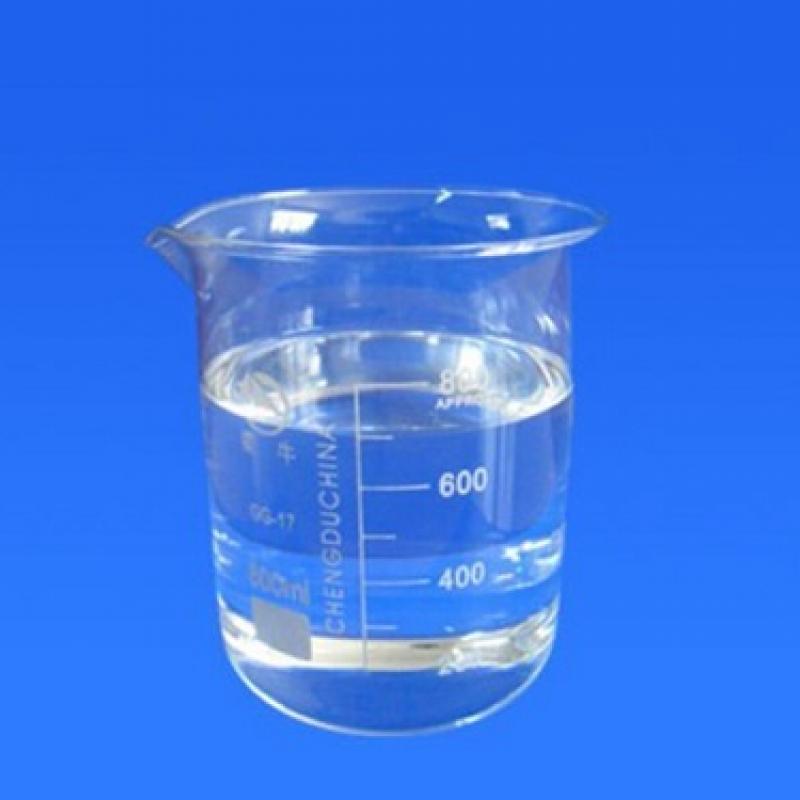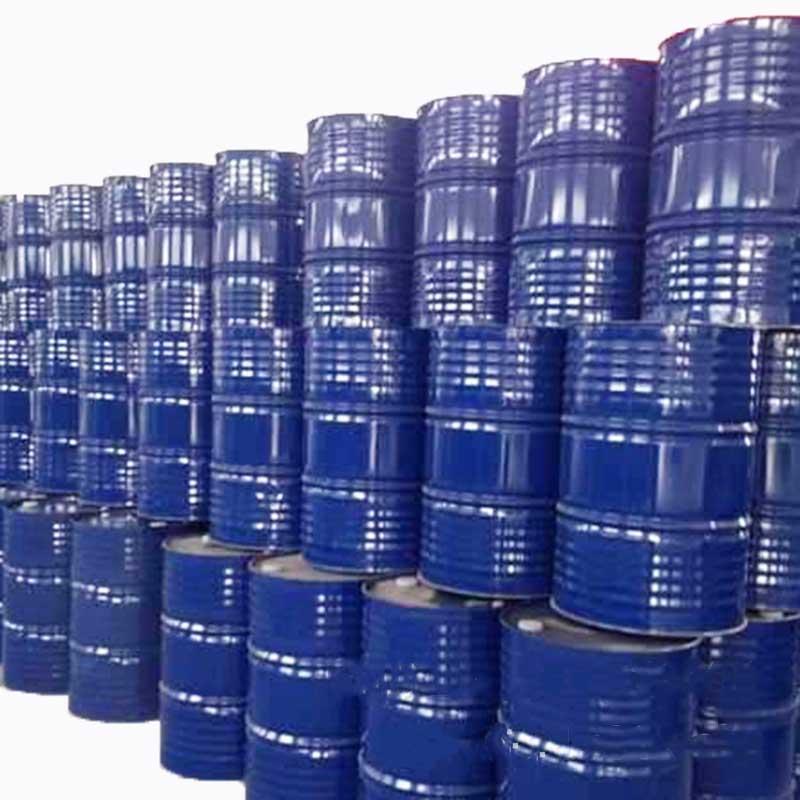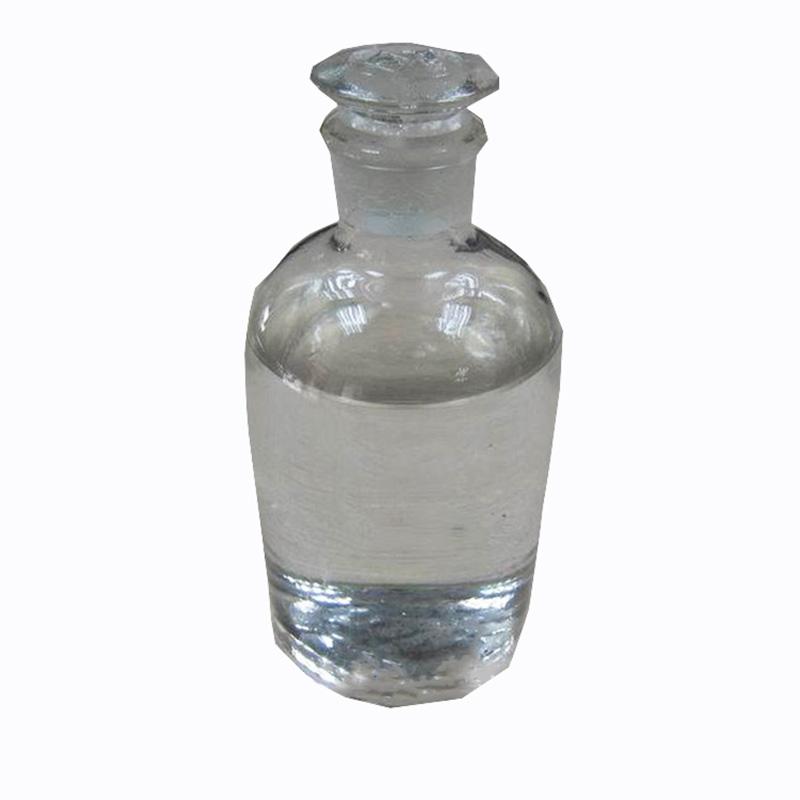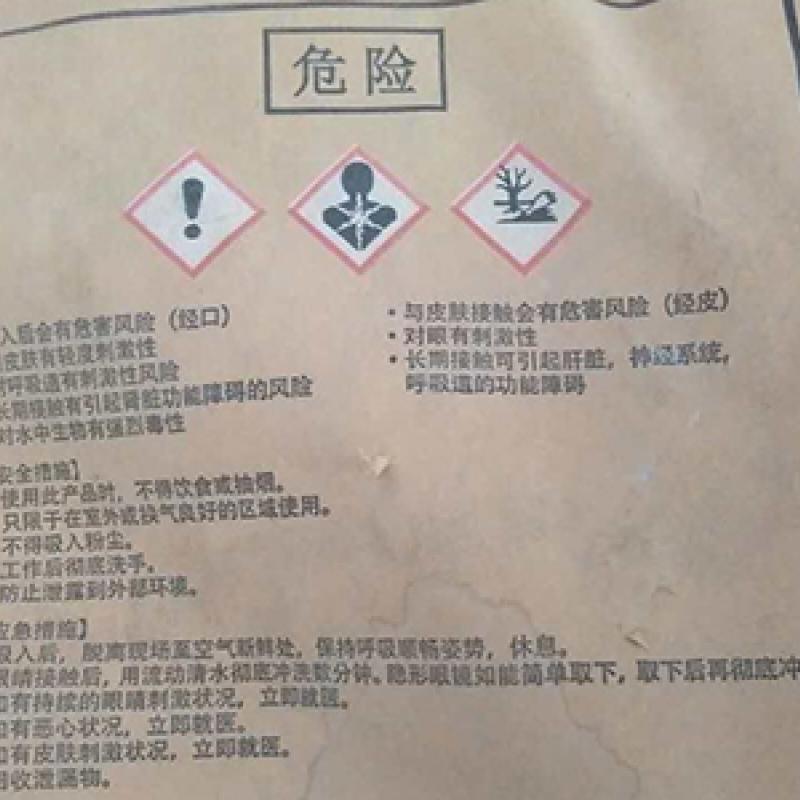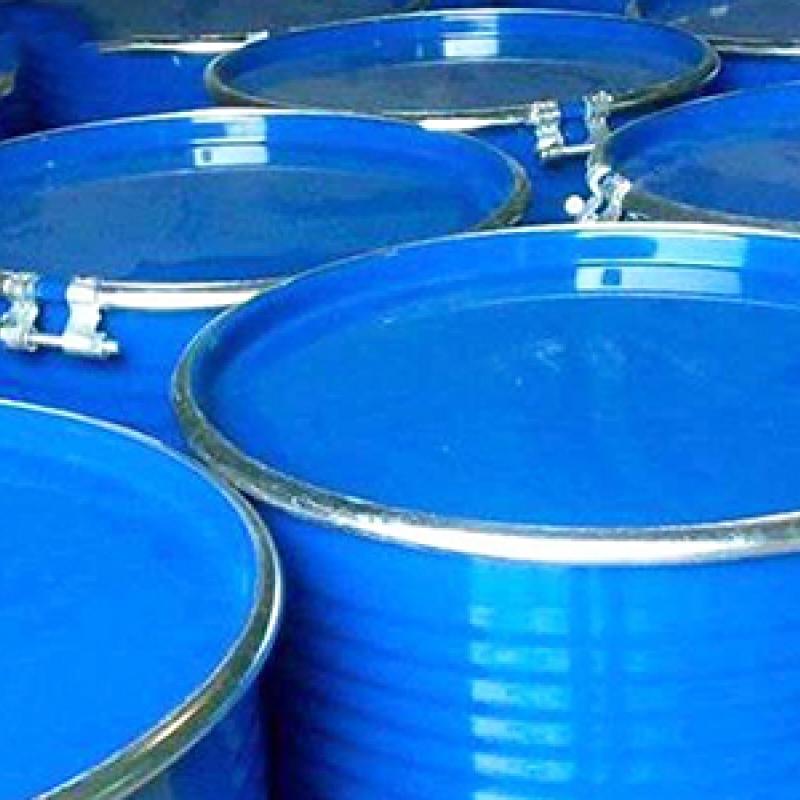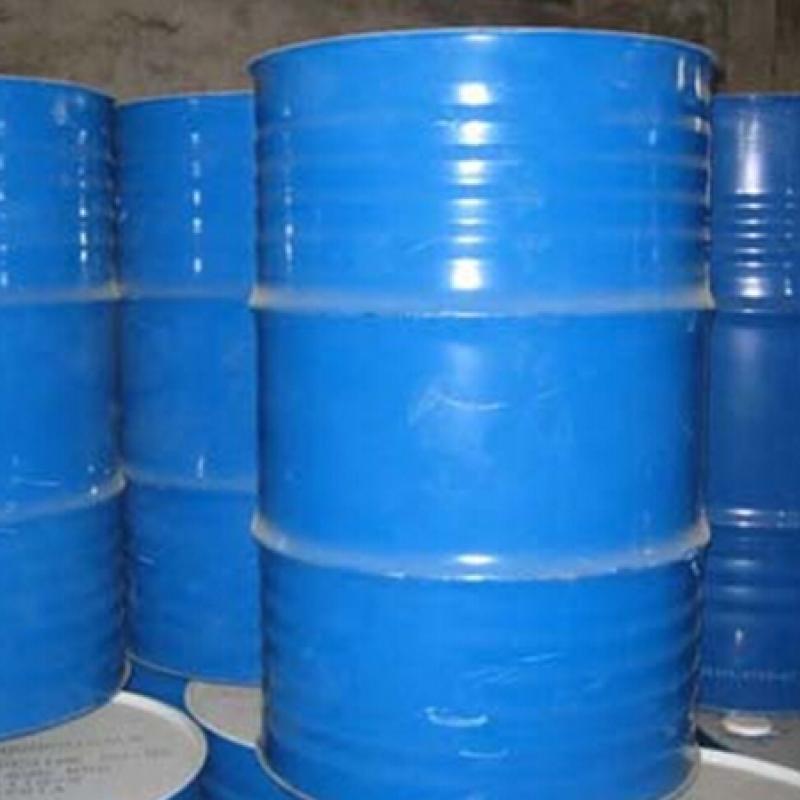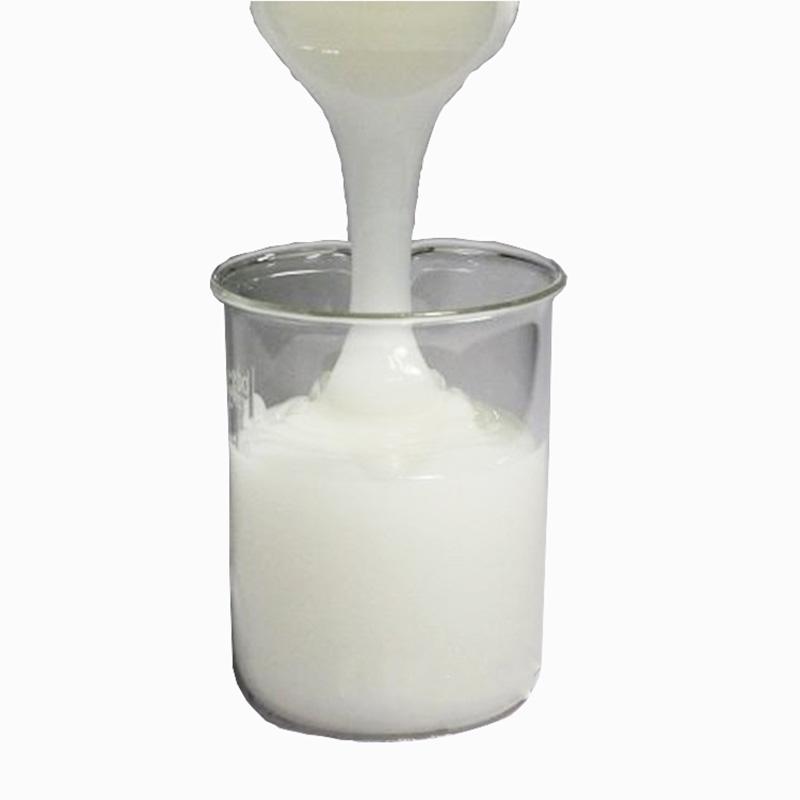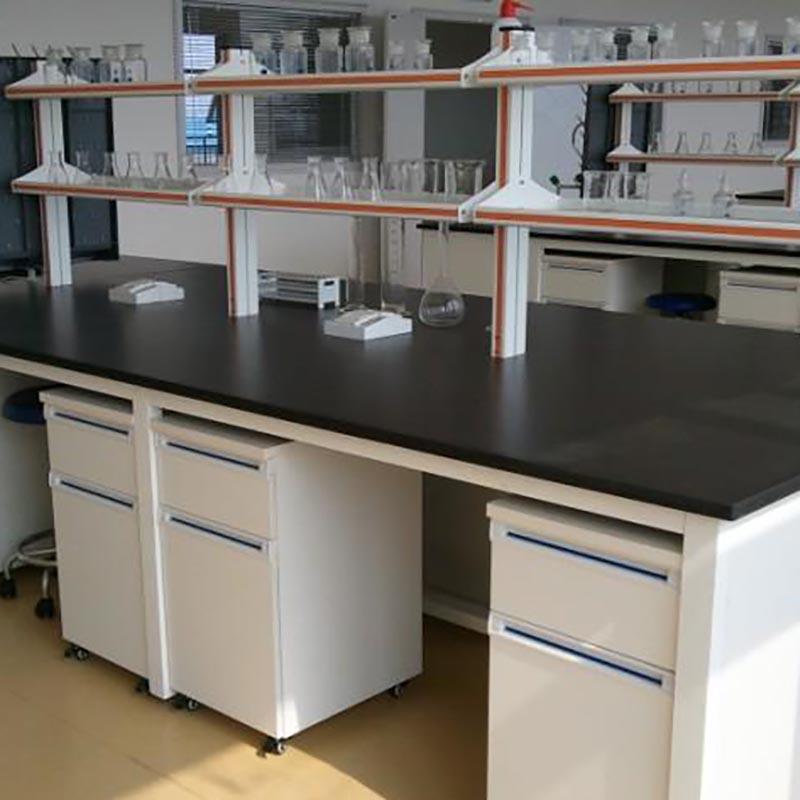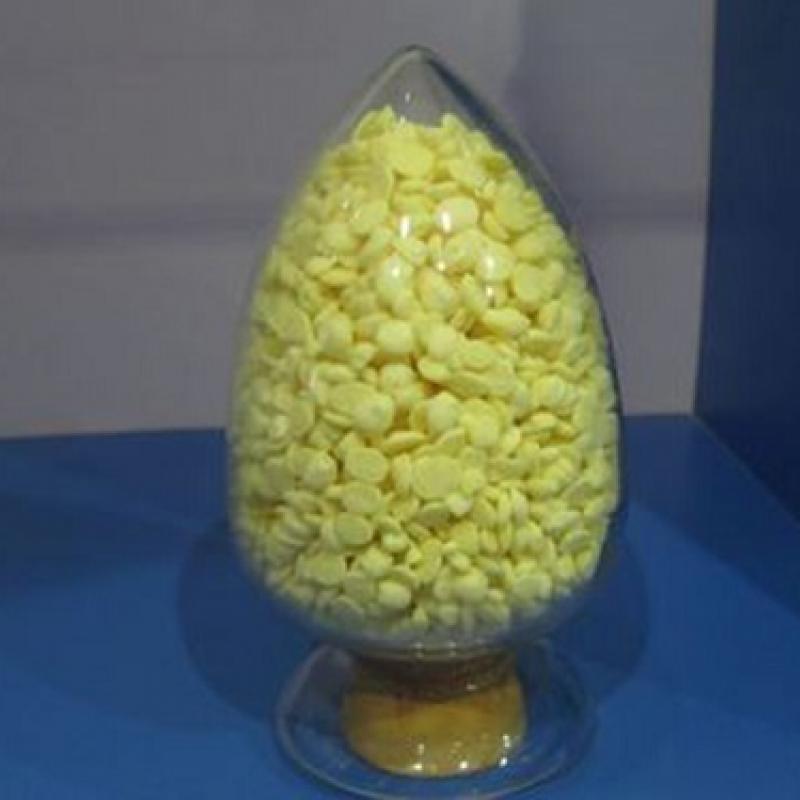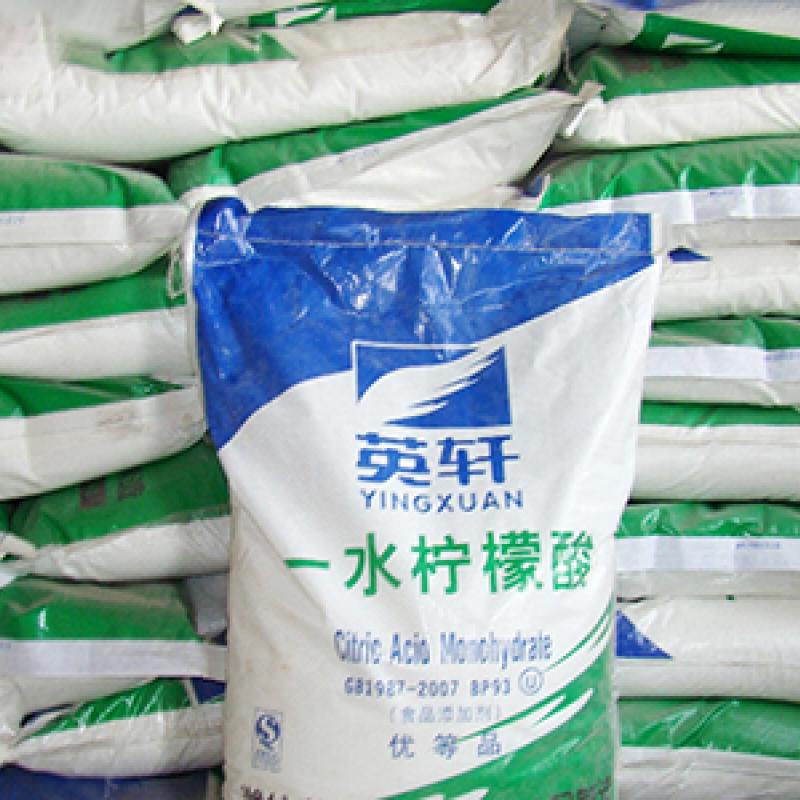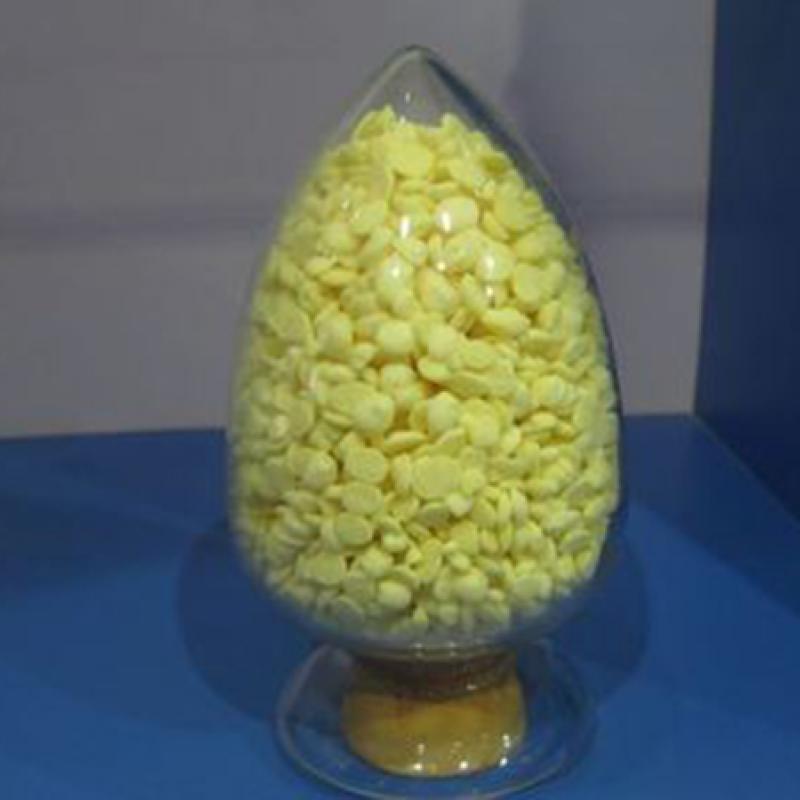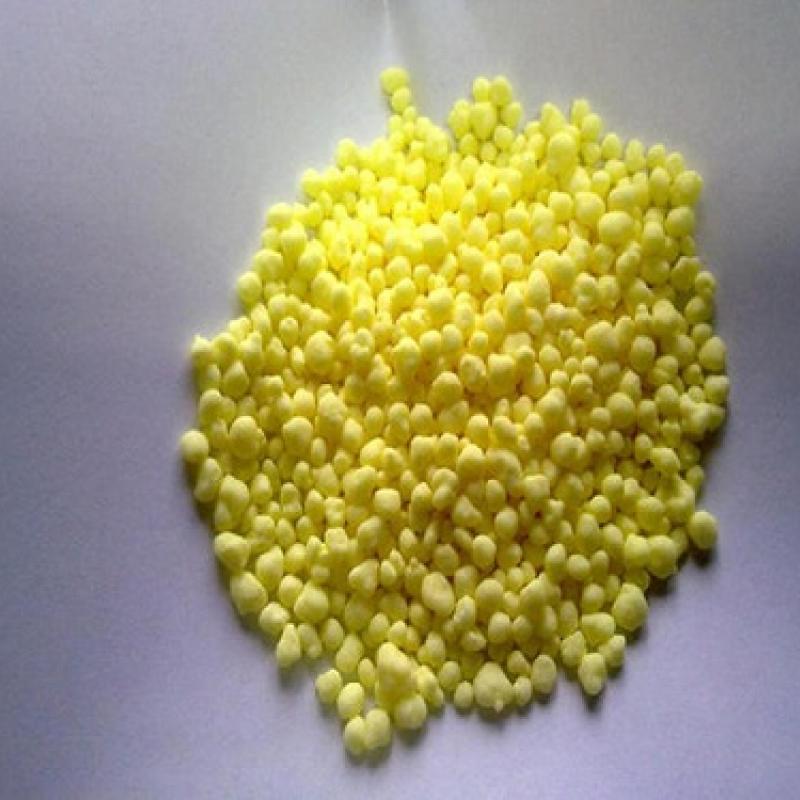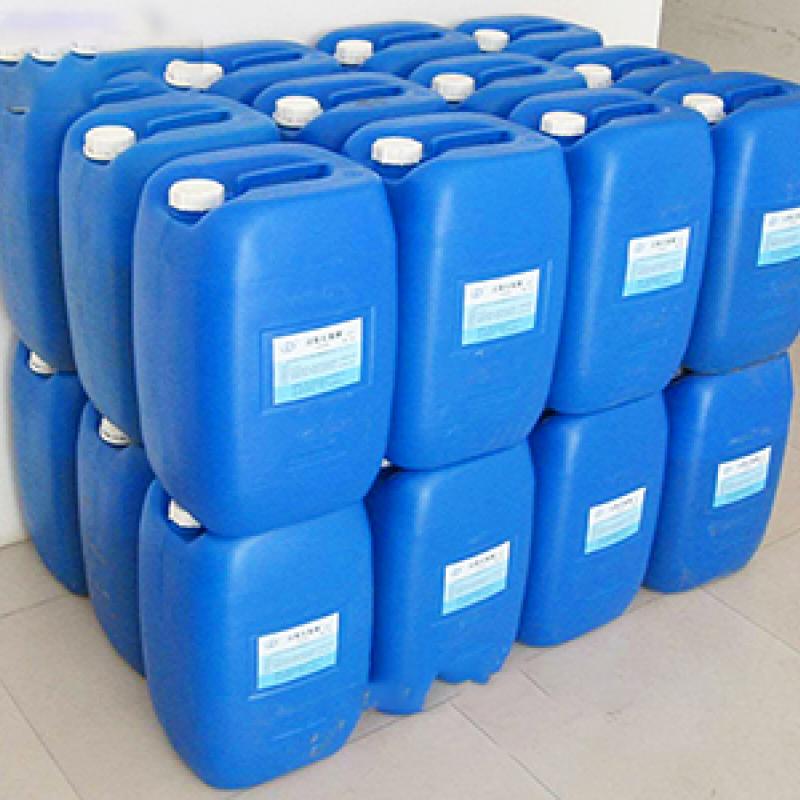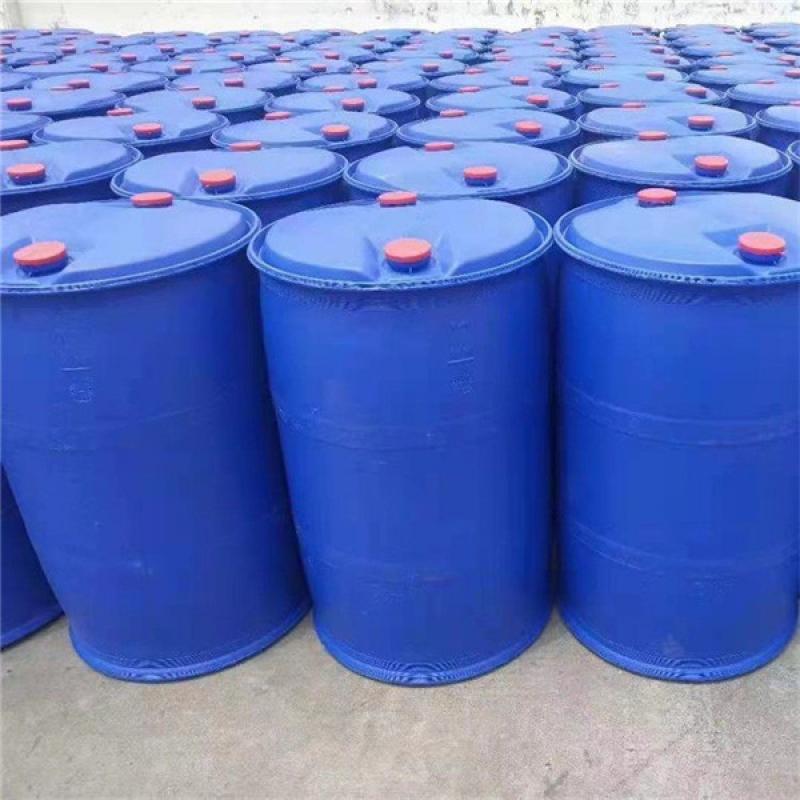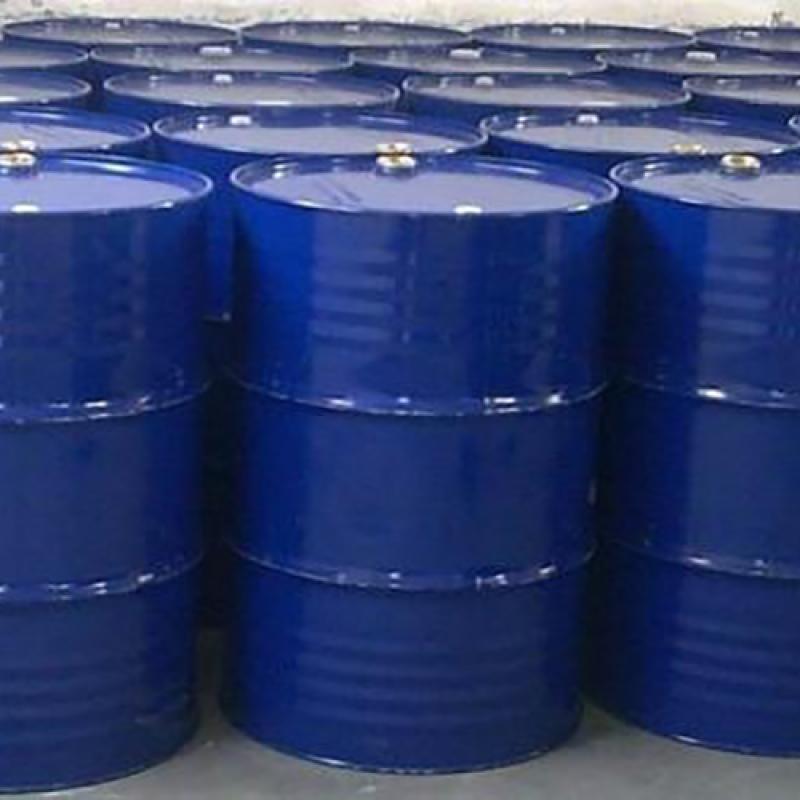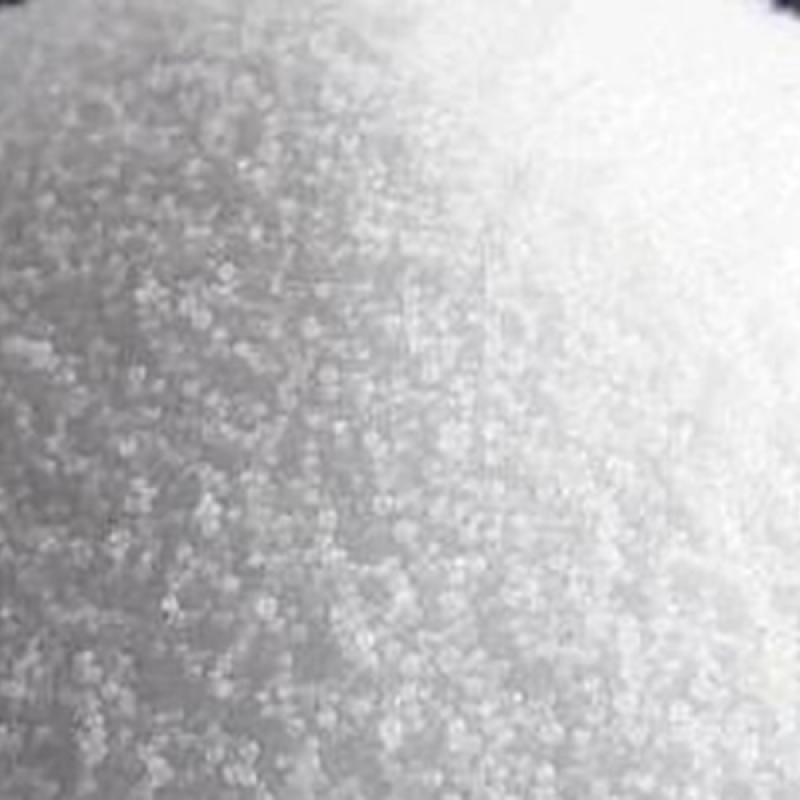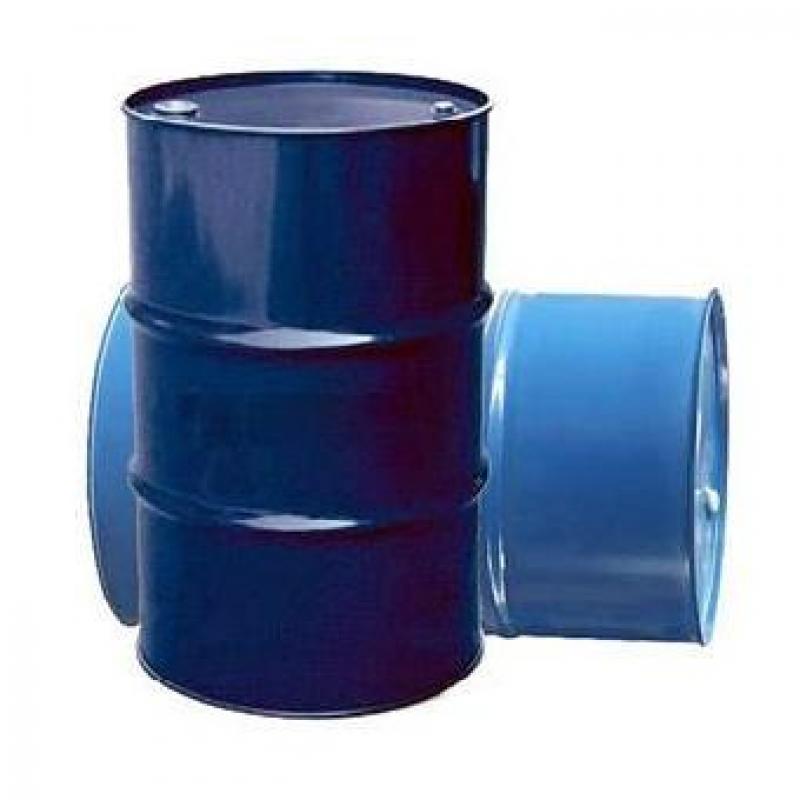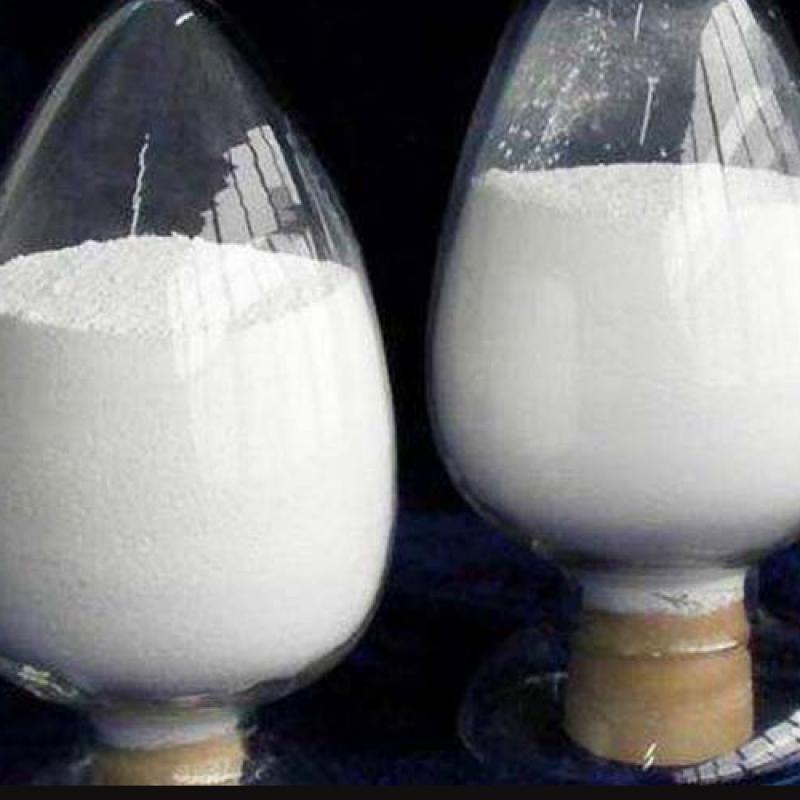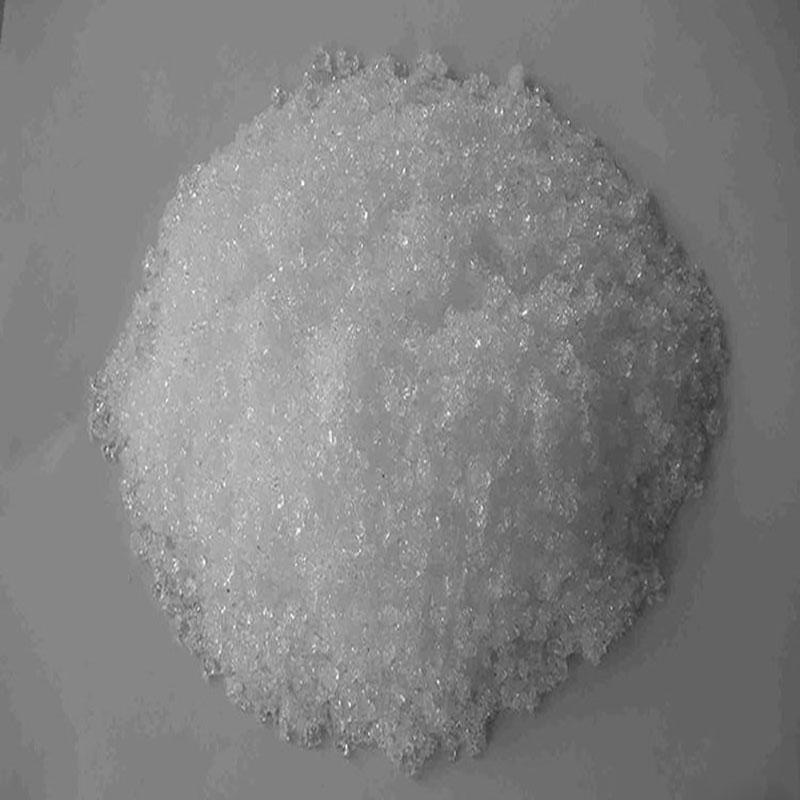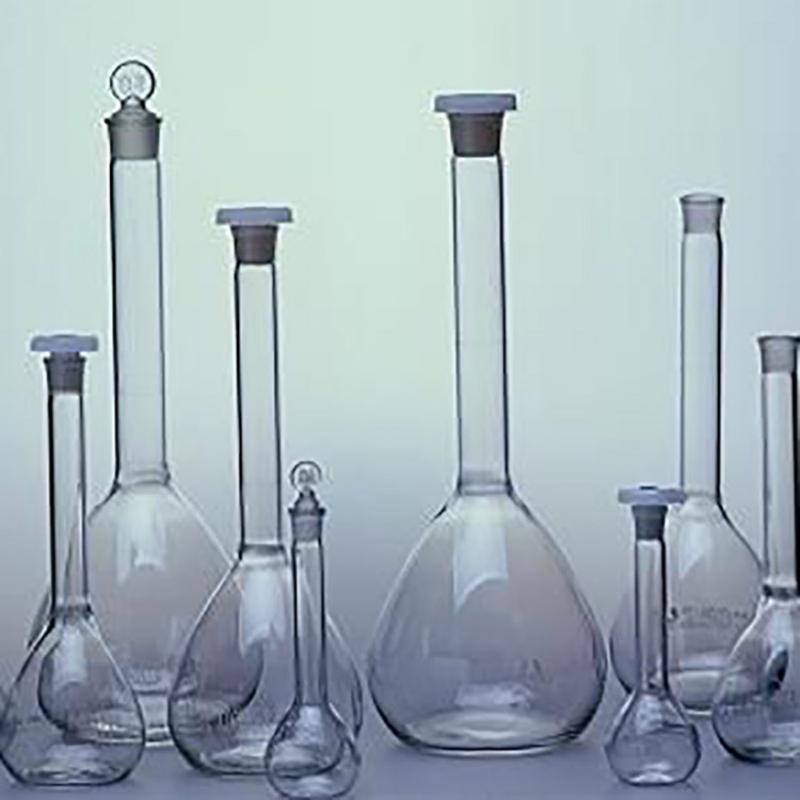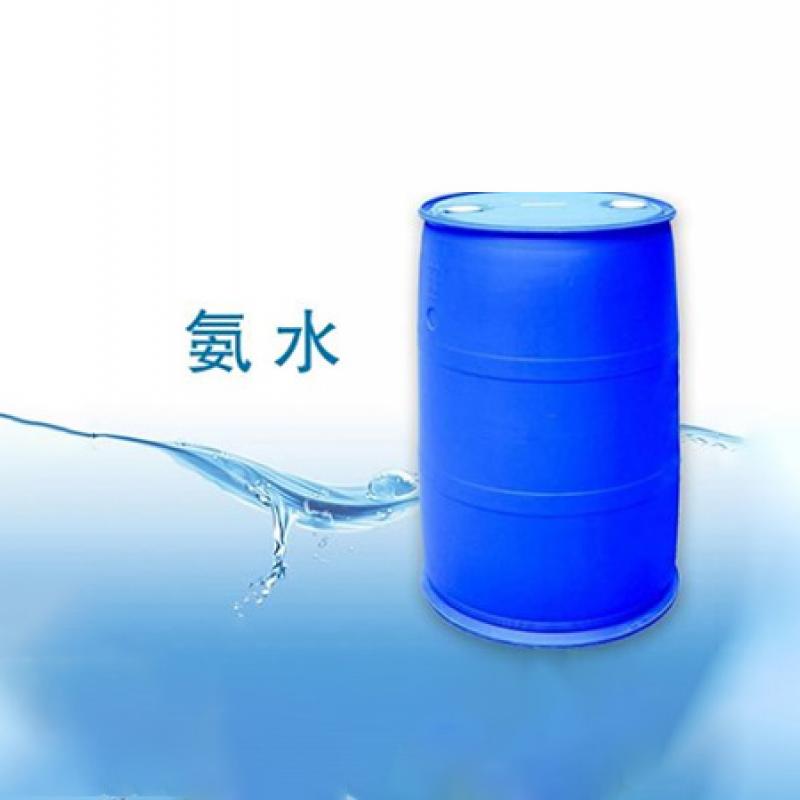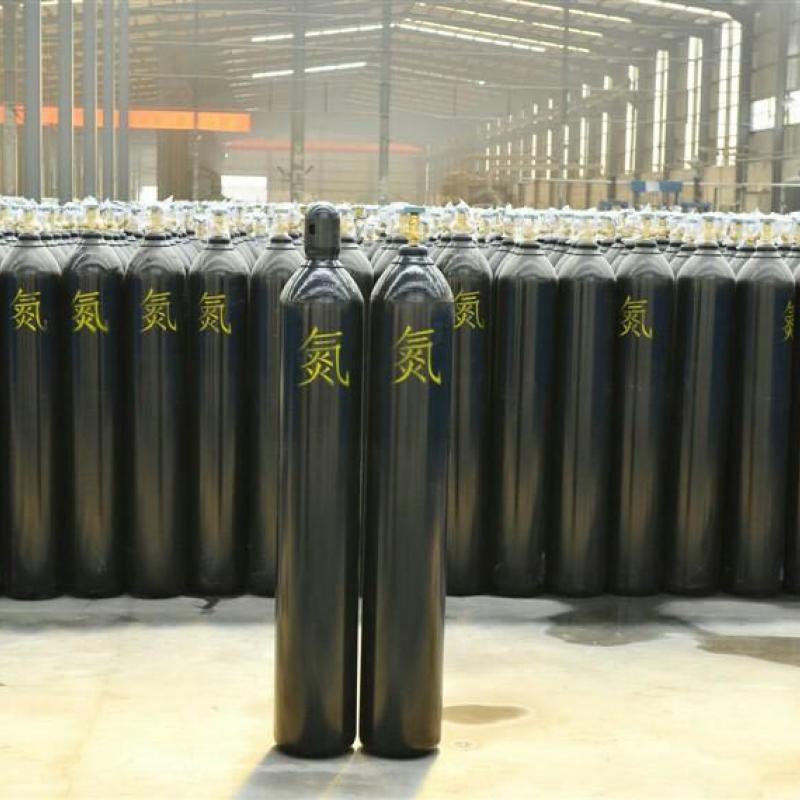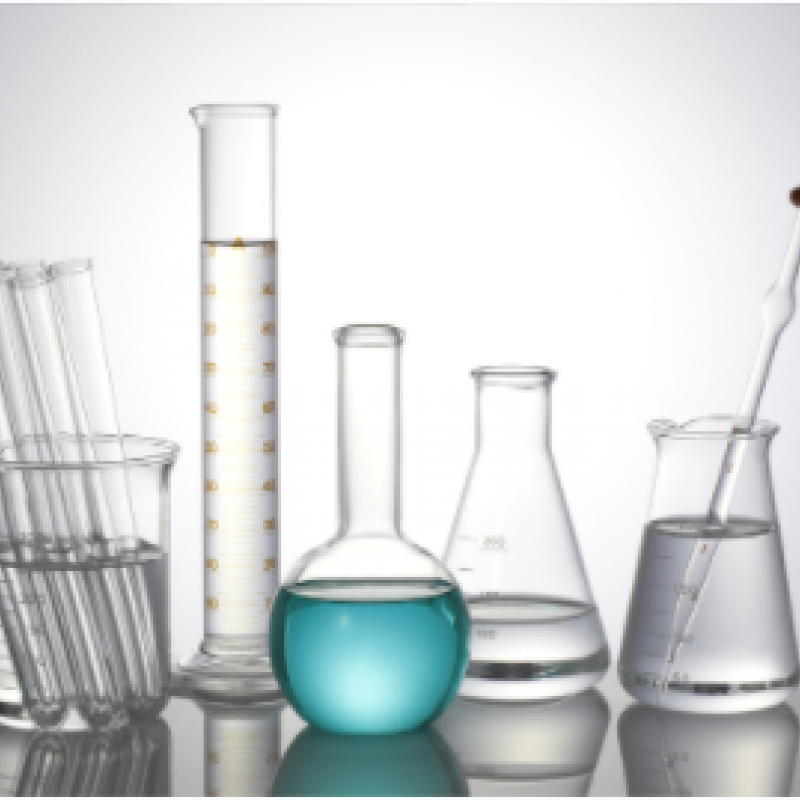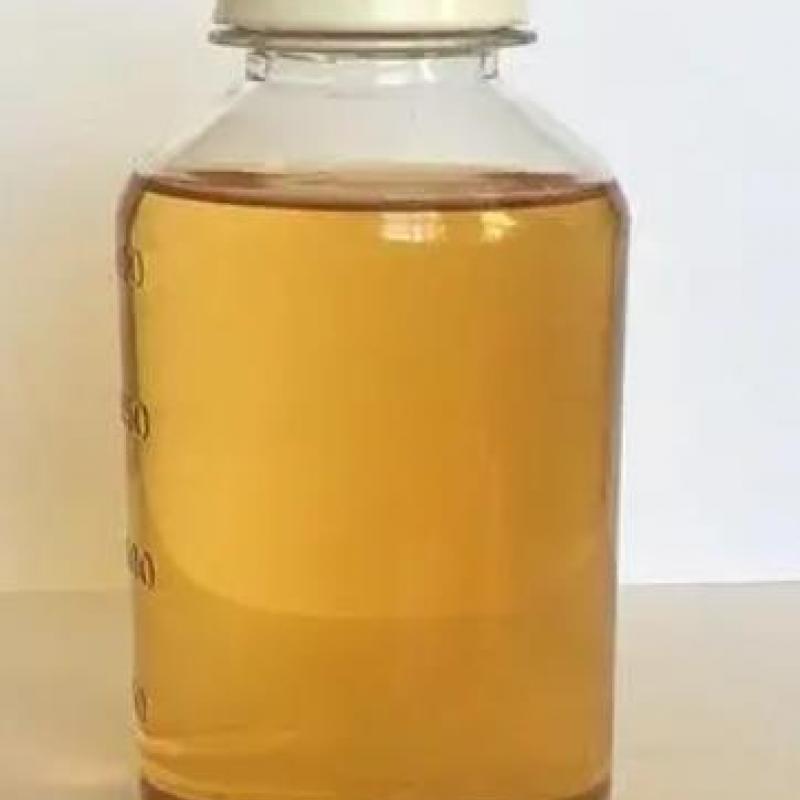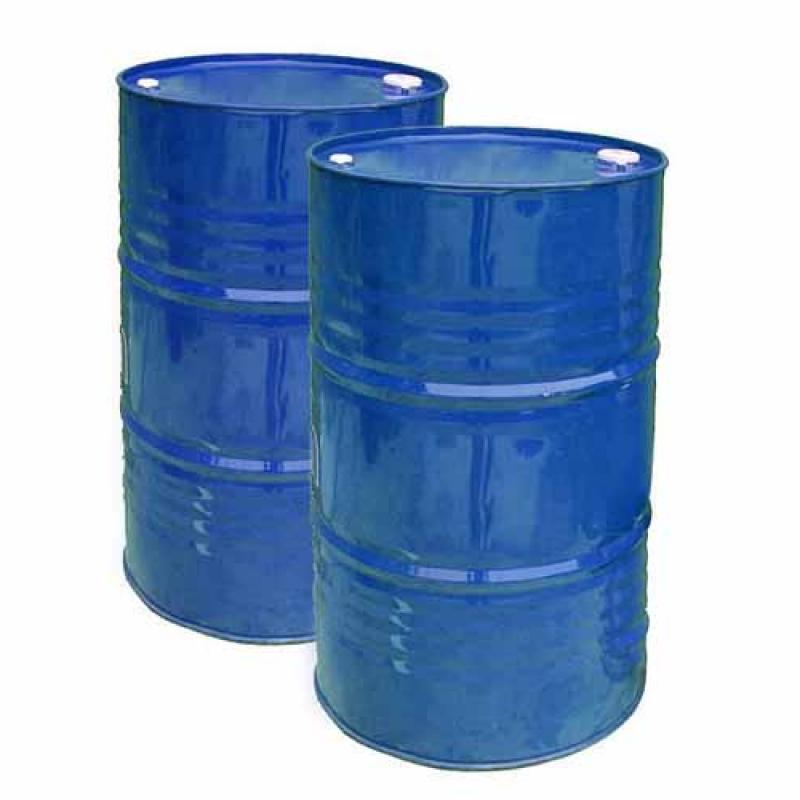TDI-manufacture,factory,supplier from China
(Total 24 Products for TDI)
The toluene diisocyanate has 2,4-toluene diisocyanates and 2,6-toluene diisocyanate (TDI).
Contact Now
There are two isomers of 2,4-toluene diisocyanate and 2,6-toluene diisocyanate (TDI). According to the content of the two isomers, there are three standard products in the industry: (1) TDI-65 contains 2,4-TDI65%, 2,6-TDI35%; (2) TDI-80 contains 2,4- TDI80%, 2,6-TDI20%, more common; (3) TDI-100 contains 2,4-TDI100%. Carbon dioxide occurs with water effect. Easy to work with compounds containing active hydrogen atoms. Linear polyurethane or polyurethane resin with diol effect.
Contact Now
When the temperature drops to 2.18K, the properties of liquid helium will change suddenly, the viscosity is very small, and it becomes a super fluid that can flow upwards along the wall of the container. The thermal conductivity is 800 times that of copper. It becomes a thermal conductor with excellent thermal conductivity. Its specific heat capacity, surface tension, and compressibility are all abnormal. This abnormal liquid is called liquid helium II, and the normal liquid helium is called liquid helium I.
Contact Now
Helium is a rare gas. Its English name is Helium, and its element symbol is He. It is a colorless and odorless inert gas. Its chemical properties are not vivid. Under normal conditions, it is difficult to react with other substances.
Contact Now
Features: Contains two hydroxyl groups and one amino group. Hydroxyl reduces the vapor pressure, increases the solubility, is conducive to the absorption of acid gas, and can increase the concentration, reduce circulation, and reduce energy consumption. The presence of the methyl group in the amino group reduces the alkalinity and activity of the amino group and reduces the CO2 absorption rate.
The molecular weight is 119.16, the melting point is -21°C, the flash point is 127°C, the freezing point is -21°C, and the refractive index is 1.4678. The viscosity (20°C) is 101 MPa·sec.
Contact Now
Amino -alumanate pesticide is a synthetic pesticide developed after organic phosphate. Its general formula is RO (C) NRR. Amino -aminate pesticides generally have no special odor, stable in acidic environments, alkali decomposition, and most varieties are lower toxicate than organic phosphate
Contact Now
Properties: White or slightly yellow scaly crystals with unique fragrance.
Solubility: Insoluble in water, acid and alkali, but soluble in organic solvents such as alcohol, ether and benzene.
Contact Now
Titanium dioxide is an inorganic, chemical formula TiO2, white solid or powdered amphoteric oxide, molecular weight 79.9, has non-toxic, optimal opacity, optimal whiteness and brightness, is considered to be the best in the world today A white pigment.
Contact Now
Appearance and traits: white crystals, extremely salty, non -toxic. It is easy to solverate in water, ether, glycerin and alkali, slightly soluble in ethanol, but insoluble in water -free ethanol, which is hygroscopic and easy to lump; New potassium salt is generated by reciprocating and disintegrating.
Contact Now
Appearance and properties: colorless liquid, almost odorless
Molecular weight 90.12 Vapor pressure 0.51 kPa/20℃ Flash point: 43℃
Melting point -70°C boiling point: 135.1°C solubility can be miscible with water and most organic solvents such as ethanol
Density (D4) 0.925-0.935
Contact Now
The propanol, but also glycerol, chemical formula is C3H8O3, colorless, odorless, sweet, and appearance showing a clear liquid, is an organic substance, can absorb moisture from air, can also absorb hydrogen sulfide, hydrogen cyanide and sulfur dioxide .
Contact Now
Solubility: Insoluble in water, acid and alkali, but soluble in organic solvents such as alcohol, ether and benzene.The preparation methods of biphenyl include the chemical composition method of making biphenyl through benzene pyrolysis and the separate extraction method of making biphenyl through various coal tar fractions. The mass fraction of biphenyl in coal tar is 0.20%-0.40%, and coal tar extraction method and chemical composition method coexist.
Contact Now
Appearance: watery bright liquid with pleasant ketone-like fragrance.Main uses: Used as a solvent for spray paint, nitrocellulose, some fiber ethers, camphor, grease, natural and synthetic rubber.Precautions for storage and transportation: Store in a cool and ventilated warehouse. Keep away from kindling and heat sources. The warehouse temperature should not exceed 30℃. Avoid direct sunlight. Keep the container sealed. It should be stored separately from oxidant. Lighting, ventilation and other equipment in the storage room should be explosion-proof.
Contact Now
Colorless tasteless oily liquid, boiling point 343 ° C (0.101 MP), flash point (open cup) 204 ° C, freezing point -80 ° C, volatile rate 0.00009 g / cm, hour (105 ° C), hydrolysis rate 0.1% (100) ° C, 6 hours), soluble in most organic solvents. Resin compatible with polyvinyl chloride, polystyrene, vinyl chloride-vinyl acetate copolymer, nitrocellulose, ethylcellulose, polyvinyl butyal butyal.
Contact Now
A substance that can reduce the surface tension of water, solution, suspension, etc., prevent the formation of foam, or reduce or eliminate the original foam. [1]
Contact Now
Appearance: Light yellow to white granular crystals (semi-circular) white to light yellow loose crystals, heating is made black. Microfincture.
Content: ≥ 85%
Melting point: 98-102 ° C
Dry loss: ≤0.2%
Contact Now
its density is 1.542g/cm3, its melting point is 153-159℃, and water and carbon dioxide are differentiated and launched above a hundred seventy five℃. citric acid is without problems soluble in water and ethanol, its solubility is 59% at 20℃, and the ph of its 2% aqueous solution is 2.1.
Contact Now
Product Quality: Chemical Abstracts Number: 101-14-4
Appearance: Light yellow to white granular crystals (semi-circular) white to light yellow loose crystals, heating is made black. Microfincture.
Content: ≥ 85%
Melting point: 98-102 ° C
Dry loss: ≤0.2%
Contact Now
1.4, 4 '- methylene bis (2-chlorocene)
The molecular weight is 267.15, the molecular formula is C13H12N2 CL2
Contact Now
Physical and chemical properties:
(1) Melting point (° C): - 2
(2) Boiling point (° C): 158 (no water)
(3) Relative density (water = 1): 1.46
(4) Relative density (air = 1): no material
(5) Solubility: dissolved in water, alcohol, ether, insoluble in benzene, petroleum ether
(6) Stability: unstable, protected from light
(7) Preventing the conditions of touch (taboo): strong acid, strong alkali, acyl chloride, alcohol, amine, flammable or combustible materials.
Contact Now
It is also used in the manufacture of butyl acrylate, butyl acetate, ethylene glycol butyl ether, as an extractant for organic synthesis intermediates and biochemical drugs, and in the manufacture of surfactants.
Contact Now
Relate News
TDI is the abbreviation of toluene diisocyanate. TDI is a polycyanate widely used in industrial production. It is a polyurethane material and an important basic material. Mainly used to make flexible polyurethane foam, polyurethane elastomer, coatings, adhesives, etc.
TDI (toluene diisocyanate) is one of the commonly used polyisocyanate, and polyisocyanate is an important base material of polyurethane (PU). The TDI commonly used in the polyurethane industry is a mixture of 2,4-TDI and 2,6-TDI isomers, including three commonly used grades.
Meta-xylene is an organic compound with a molecular formula of C8H10 and a molecular weight of 106. It is a colorless and transparent liquid with an odor similar to toluene. It is insoluble in water, but miscible in most organic solvents such as ethanol, ether and chloroform. Used as solvent, medicine, dye intermediate, perfume, etc.
Titanium dioxide itself has strong photochemical activity, and is prone to inactivation, yellowing, powdering, etc. under the sun, especially ultraviolet rays. A layer of inorganic material is wrapped on the surface of the titanium dioxide, which not only gets rid of the above defects, but also improves the characteristics of the titanium dioxide product.
In chemical experiments, some consumables are often used. Shandong chemical manufacturers classify these common laboratory instruments, which can be divided into eight categories:
Acrylic paint is a one-component self-drying weather-resistant and anticorrosive paint made by advanced technology based on traditional acrylic resin and added with long-life chlorosulfonated polyethylene rubber, weather-resistant pigments and fillers, and weather-resistant additives recognized by China and foreign countries.
About 78% of nitrogen gas can be used to make ammonia, nitric acid, nitrate, cyanide, etc. When making explosives; filling high-temperature thermometers and incandescent bulbs; forming inert material preservation materials for drying boxes or glove bags.
Good safety factor. Piping reflects that it can prevent the occurrence of explosion caused by partial over-temperature, and it is the safest and most reliable process route for ethylene oxide.

